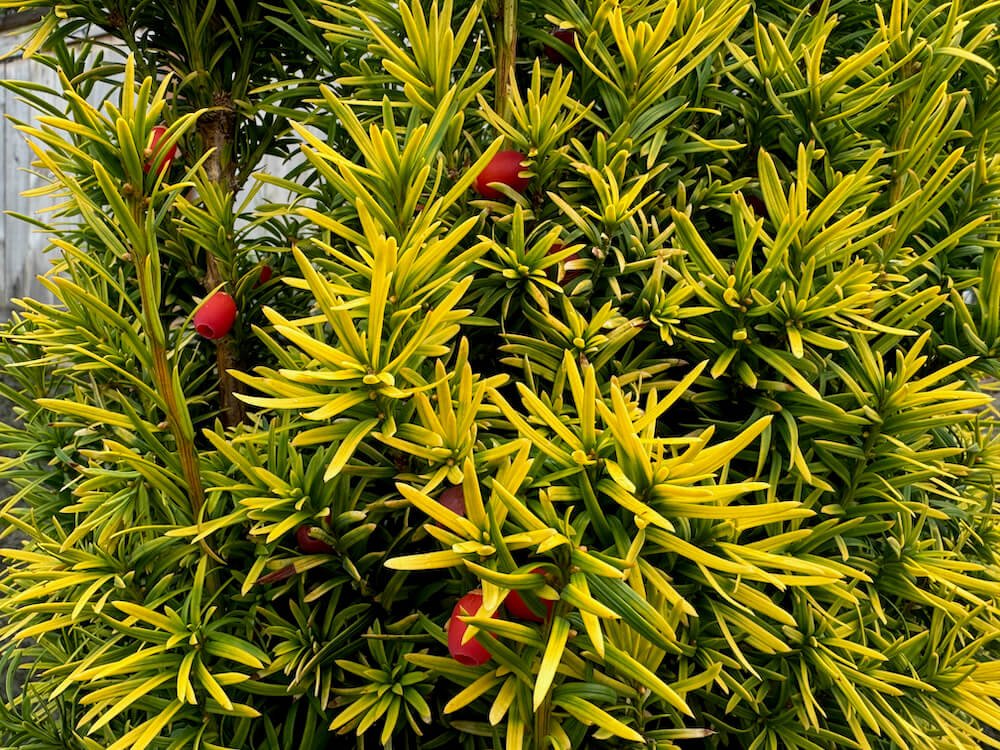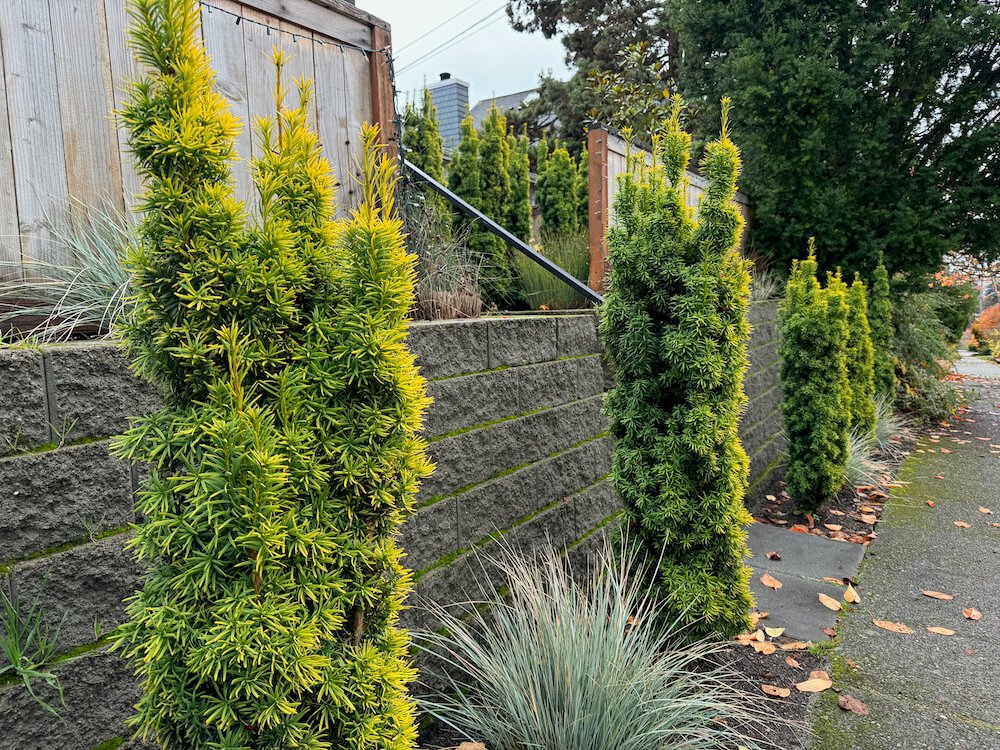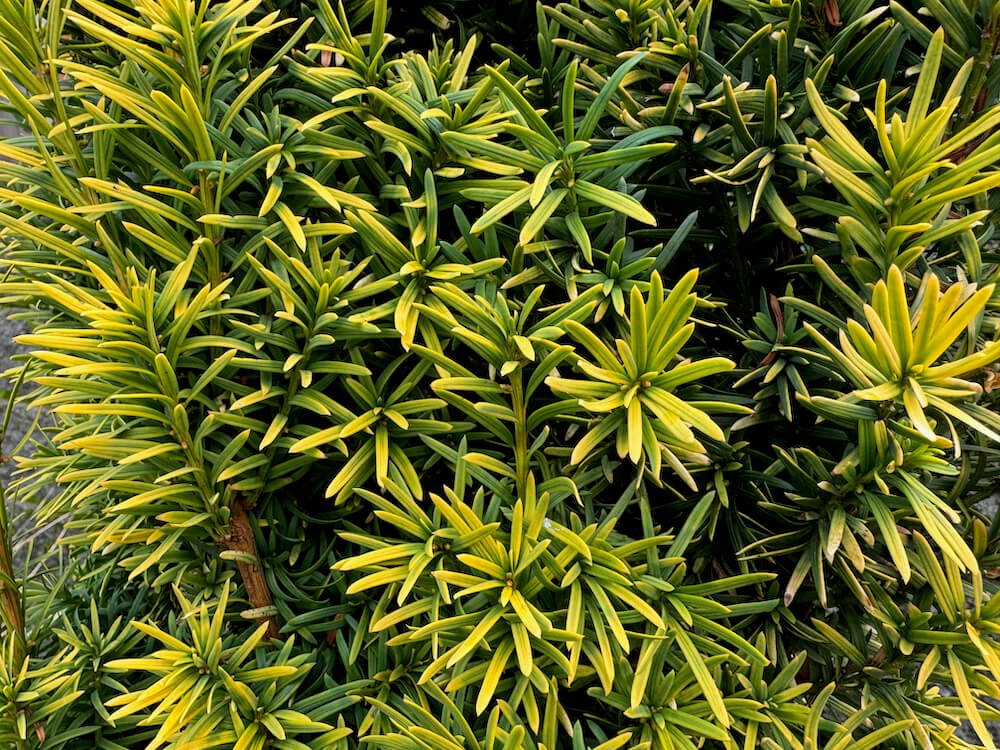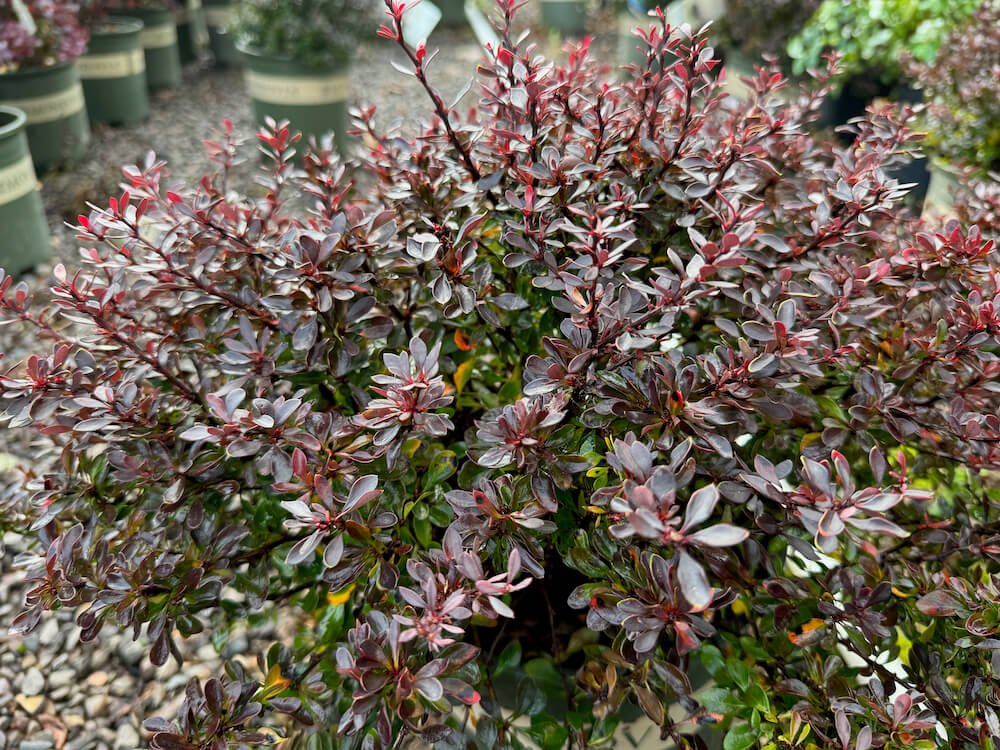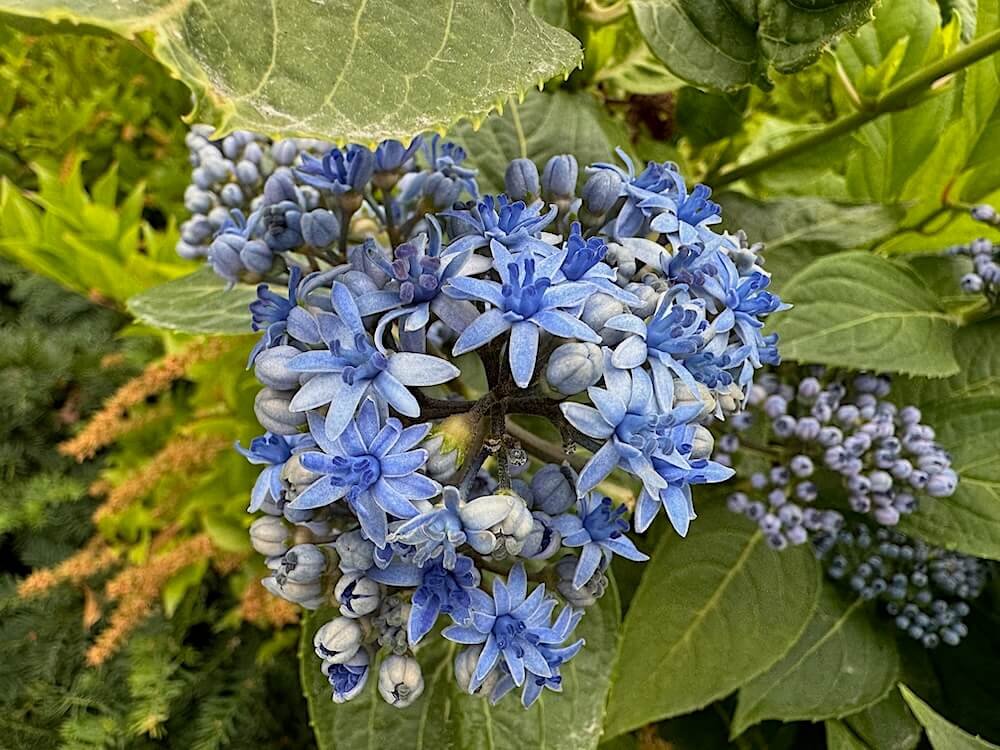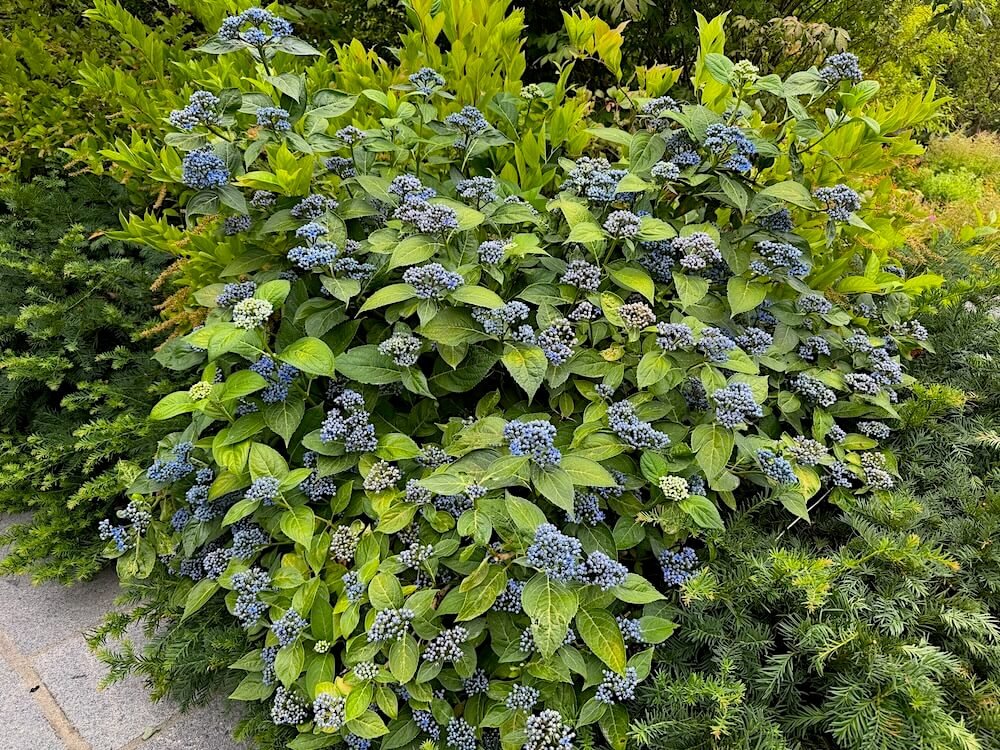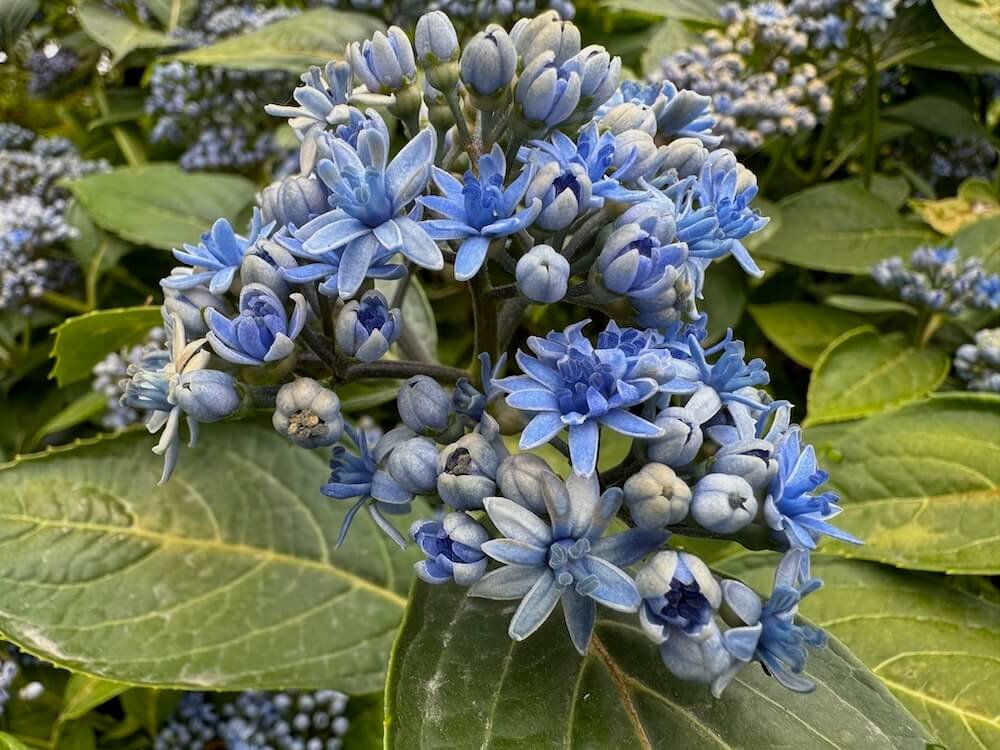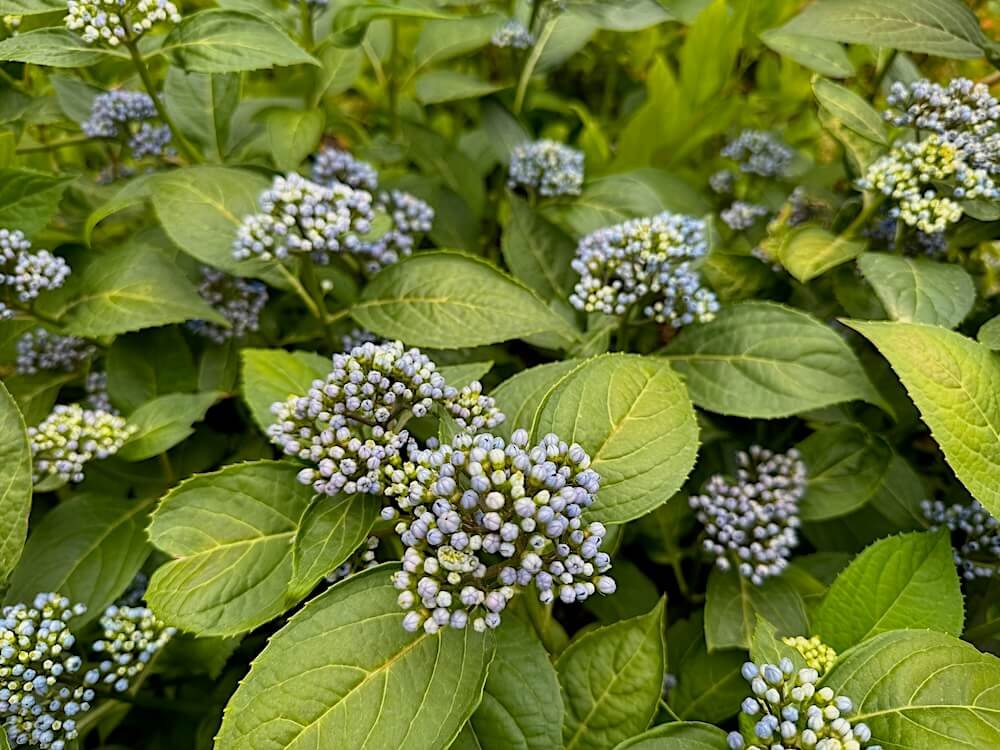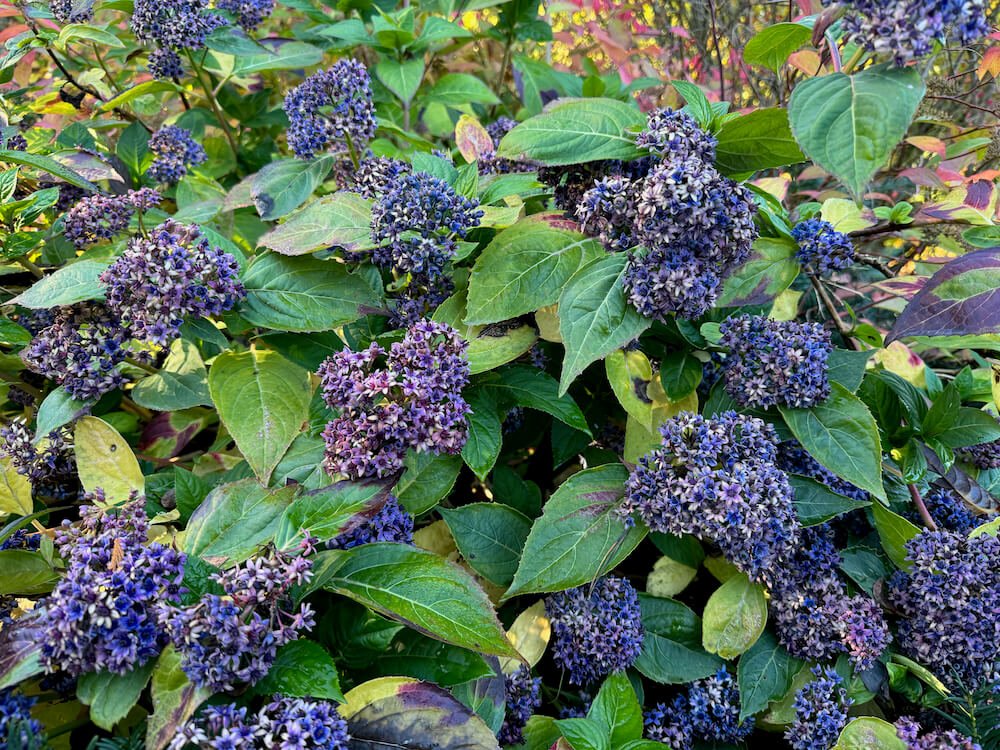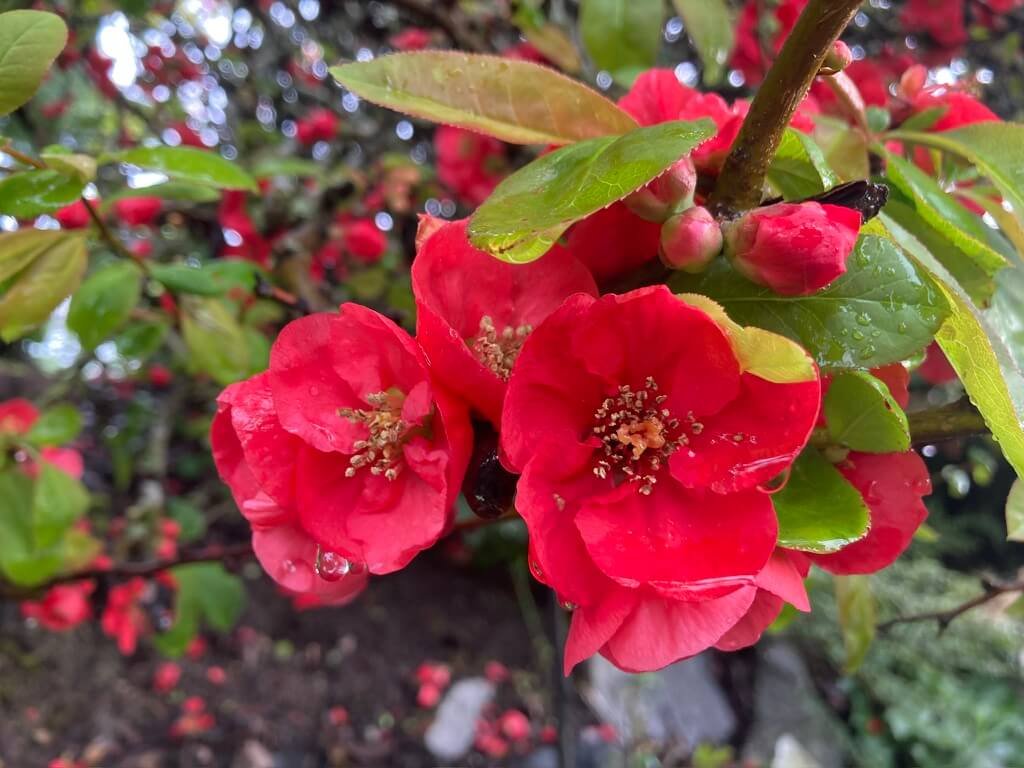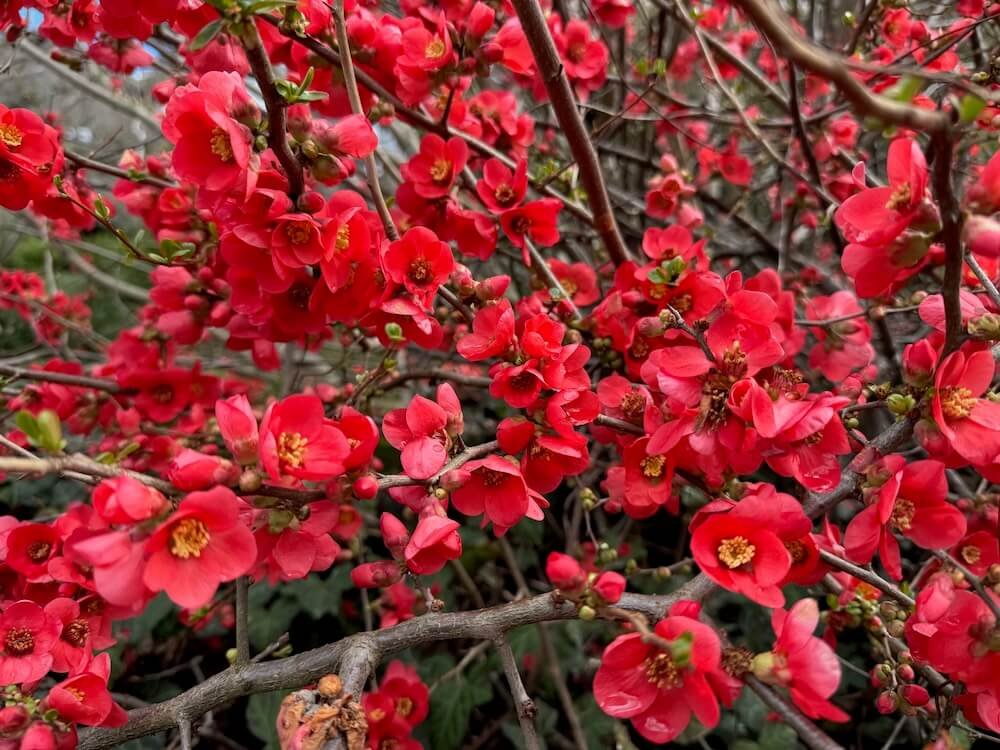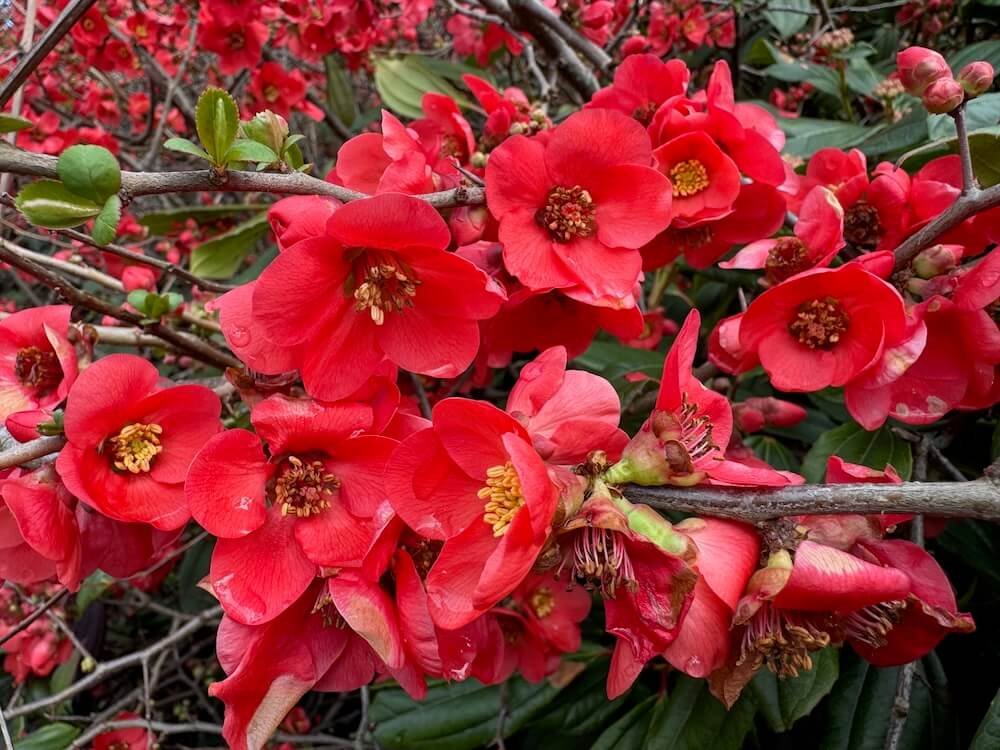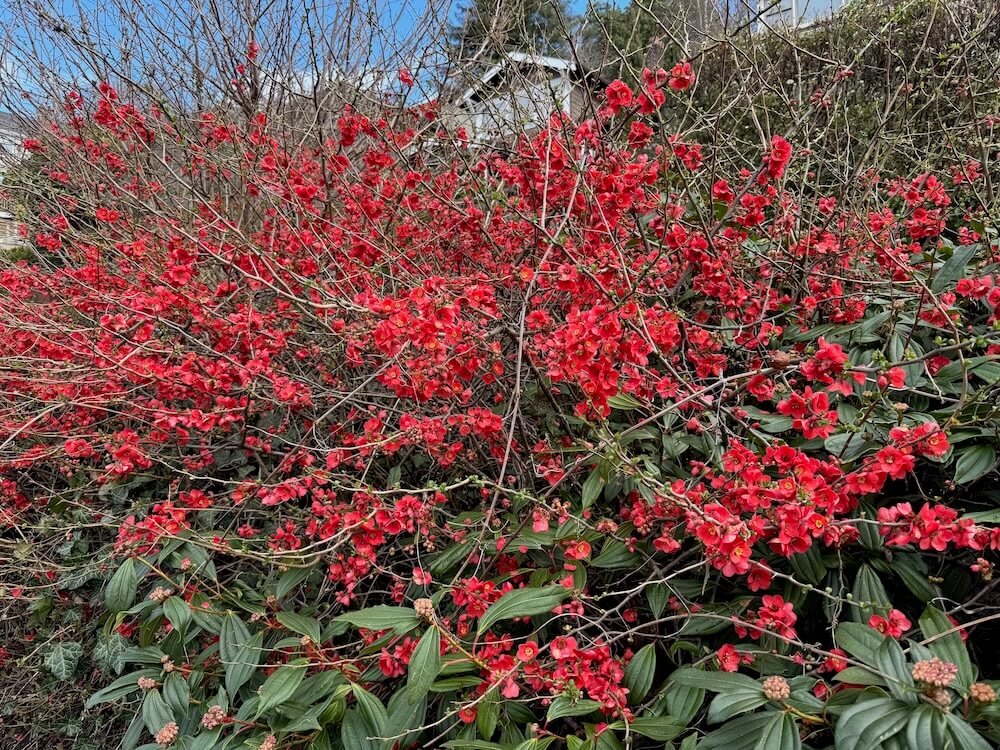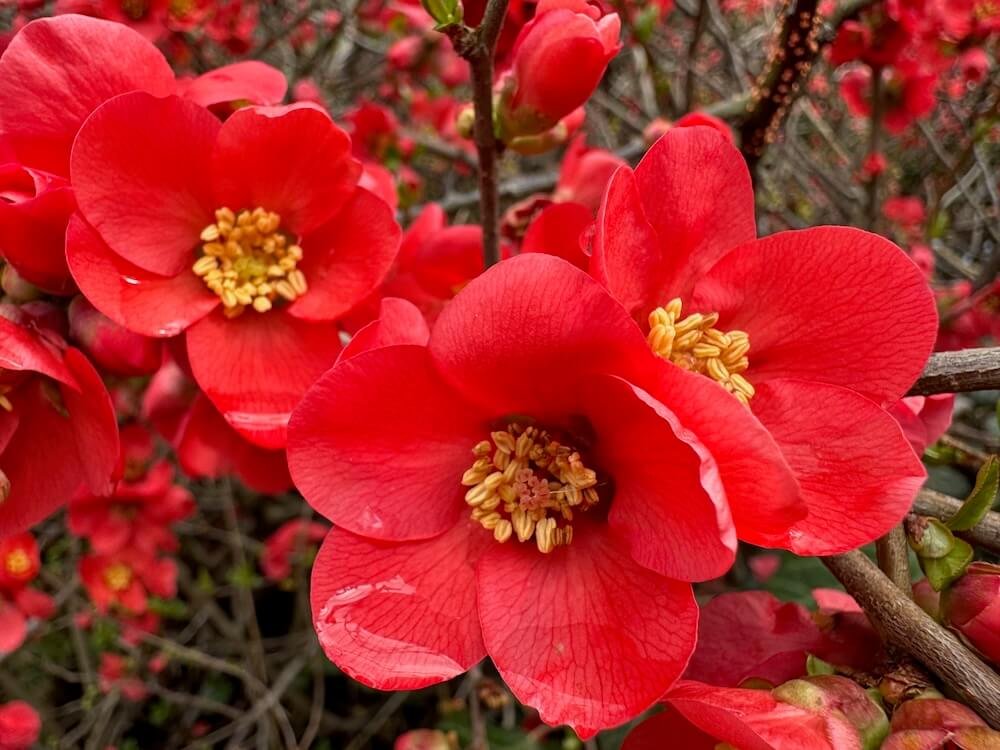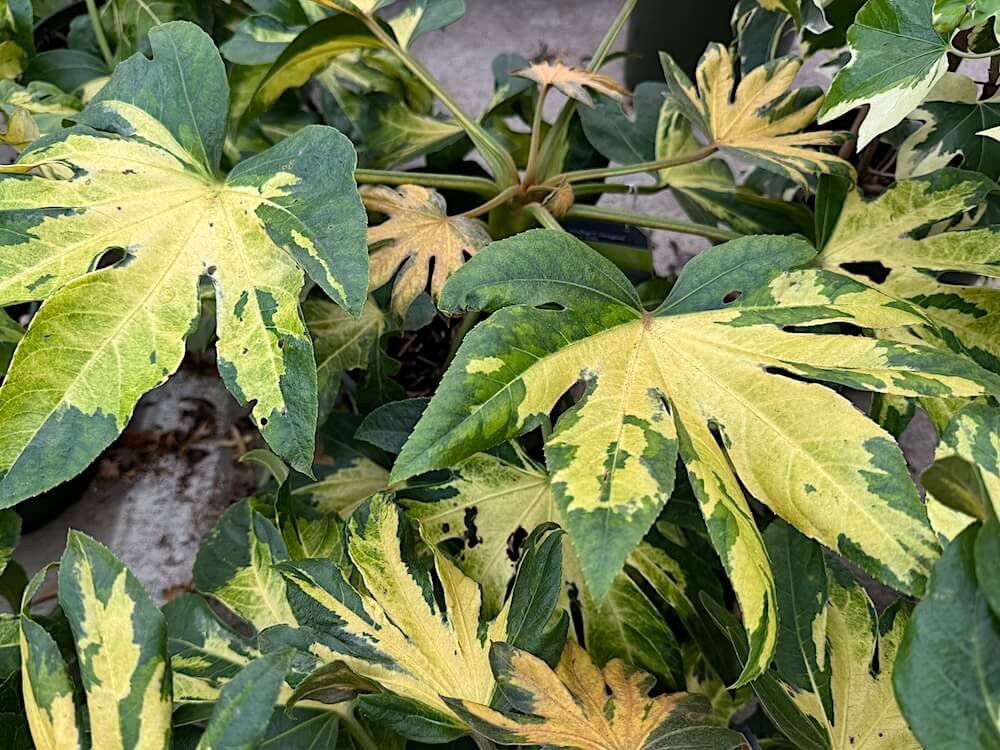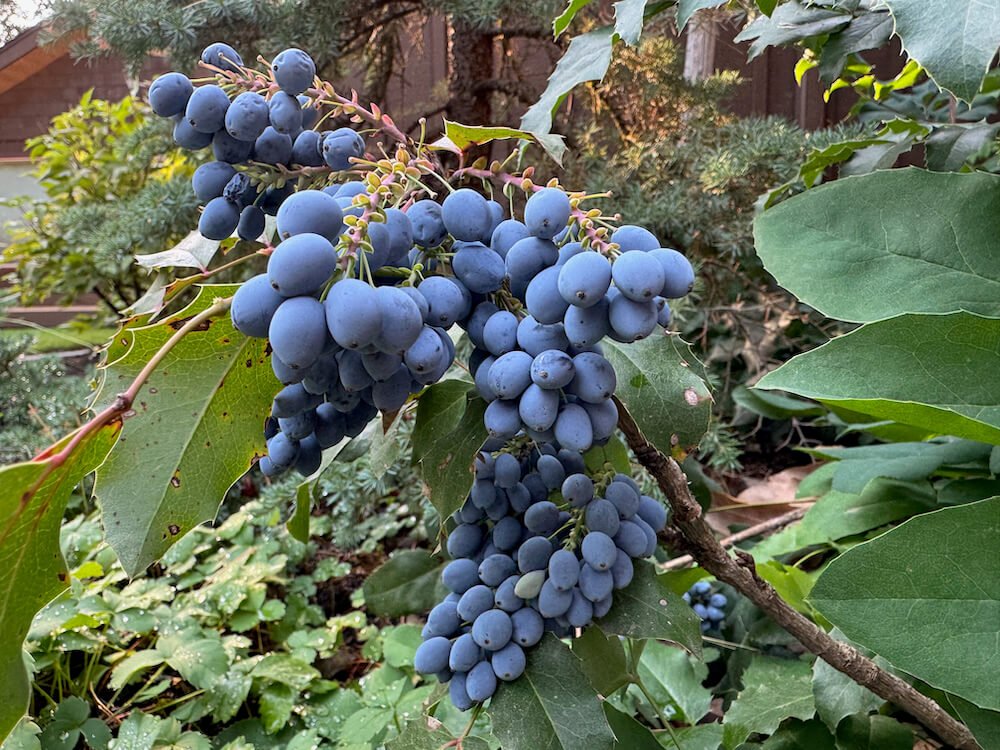 Image 1 of 5
Image 1 of 5

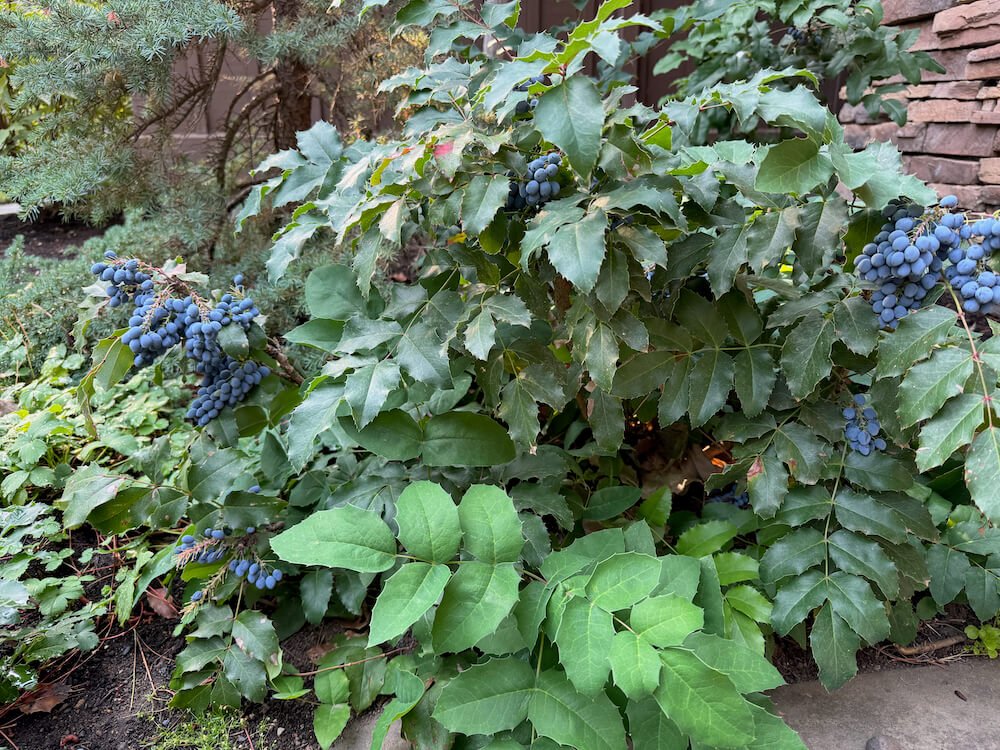 Image 2 of 5
Image 2 of 5

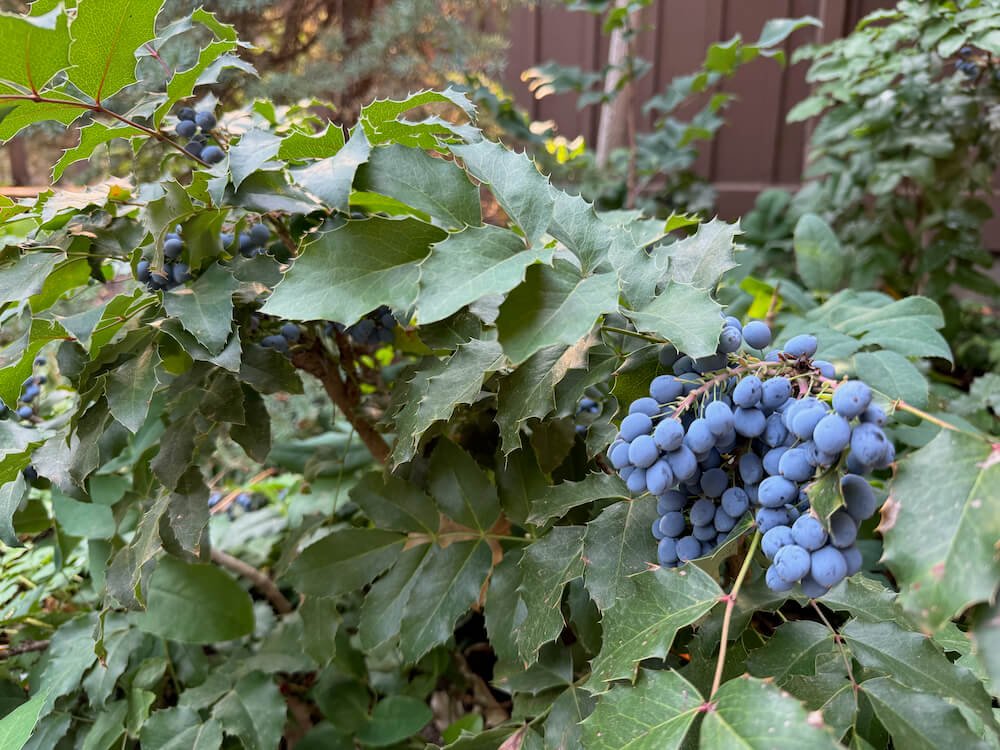 Image 3 of 5
Image 3 of 5

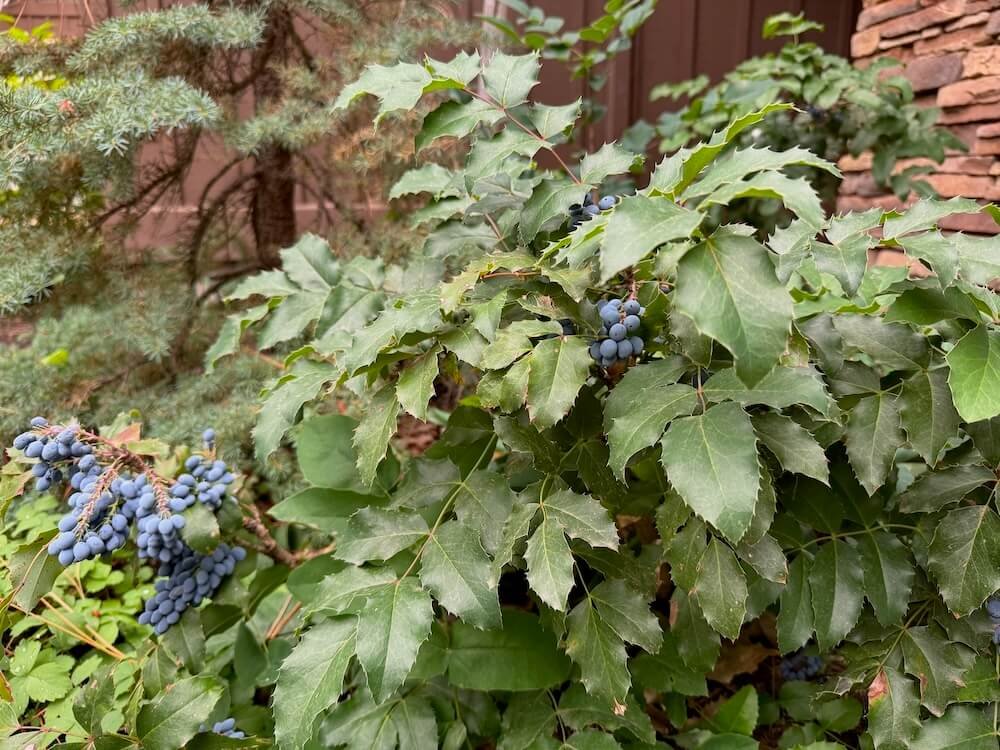 Image 4 of 5
Image 4 of 5

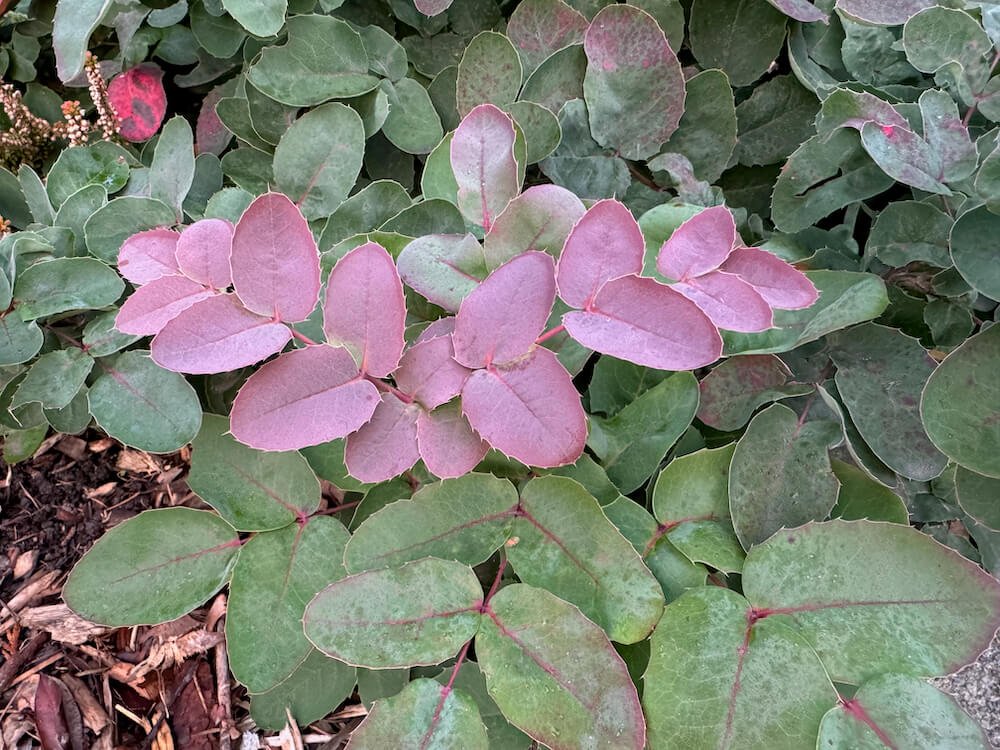 Image 5 of 5
Image 5 of 5






Mahonia repens | Creeping Oregon Grape
DESCRIPTION
Mahonia repens, commonly known as Creeping Oregon Grape, is a hardy evergreen shrub native to North America. It thrives in woodland and rocky environments, offering vibrant yellow flowers that bloom in late winter to early spring. These blooms give way to clusters of blue berries that attract a variety of wildlife, including hummingbirds, bees, and butterflies. The plant’s natural range spans dry, rocky slopes and open forests, making it a great choice for erosion control on slopes or as a groundcover in native or woodland gardens.
Mahonia repens low-growing, rhizomatous habit allows it to spread effectively, creating dense foliage that is drought-tolerant once established. The glossy, holly-like leaves turn a deep bronze hue in colder months, adding seasonal interest. As a deer-resistant and low-maintenance plant, it is an excellent addition to gardens seeking year-round greenery and ecological value.
DESCRIPTION
Mahonia repens, commonly known as Creeping Oregon Grape, is a hardy evergreen shrub native to North America. It thrives in woodland and rocky environments, offering vibrant yellow flowers that bloom in late winter to early spring. These blooms give way to clusters of blue berries that attract a variety of wildlife, including hummingbirds, bees, and butterflies. The plant’s natural range spans dry, rocky slopes and open forests, making it a great choice for erosion control on slopes or as a groundcover in native or woodland gardens.
Mahonia repens low-growing, rhizomatous habit allows it to spread effectively, creating dense foliage that is drought-tolerant once established. The glossy, holly-like leaves turn a deep bronze hue in colder months, adding seasonal interest. As a deer-resistant and low-maintenance plant, it is an excellent addition to gardens seeking year-round greenery and ecological value.
DESCRIPTION
Mahonia repens, commonly known as Creeping Oregon Grape, is a hardy evergreen shrub native to North America. It thrives in woodland and rocky environments, offering vibrant yellow flowers that bloom in late winter to early spring. These blooms give way to clusters of blue berries that attract a variety of wildlife, including hummingbirds, bees, and butterflies. The plant’s natural range spans dry, rocky slopes and open forests, making it a great choice for erosion control on slopes or as a groundcover in native or woodland gardens.
Mahonia repens low-growing, rhizomatous habit allows it to spread effectively, creating dense foliage that is drought-tolerant once established. The glossy, holly-like leaves turn a deep bronze hue in colder months, adding seasonal interest. As a deer-resistant and low-maintenance plant, it is an excellent addition to gardens seeking year-round greenery and ecological value.
-
Family: Berberidaceae
Height: 1 to 2 feet
Width: 5–8 feet (spreading habit)
Foliage Color: Evergreen, glossy green leaves that can turn bronze to reddish in cold weather
Flower Color: Bright yellow
Bloom Time: Late winter to early spring
Light Requirements: Partial sun
Water Requirements: Low
Maintenance: Low; requires minimal pruning and is slow-spreading
Growing Zone: USDA Zones 5–9
Wildlife Attractors: Attracts bees, butterflies, and hummingbirds; blue berries are a food source for birds

